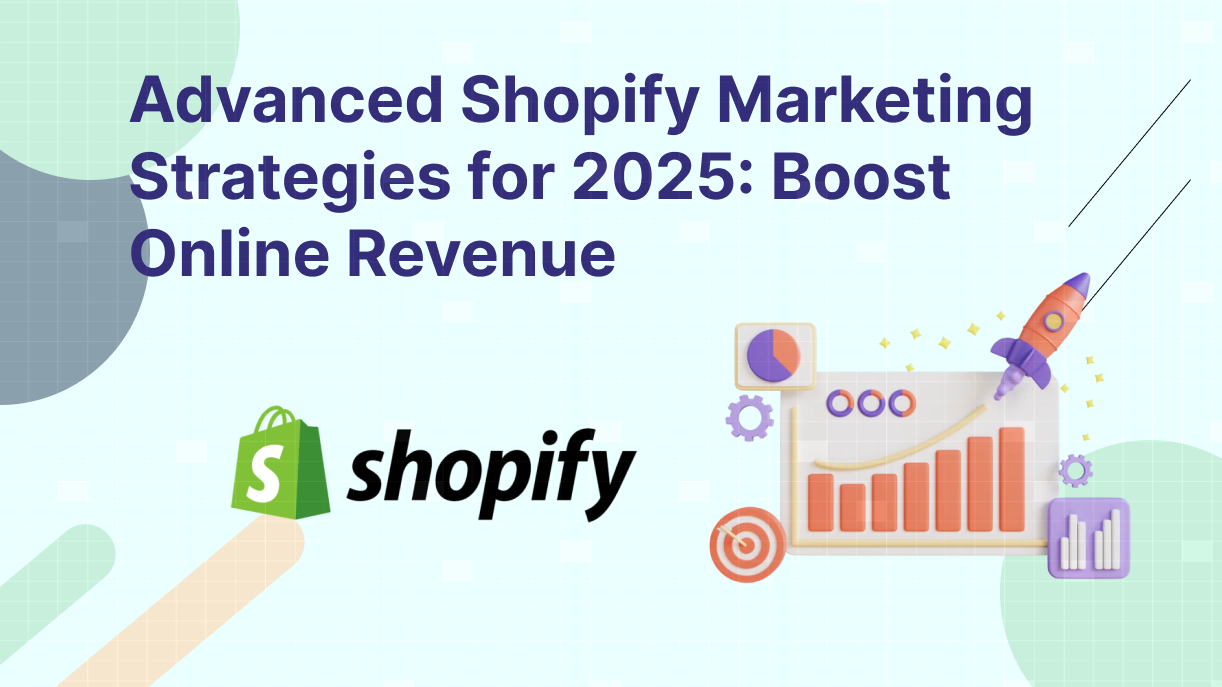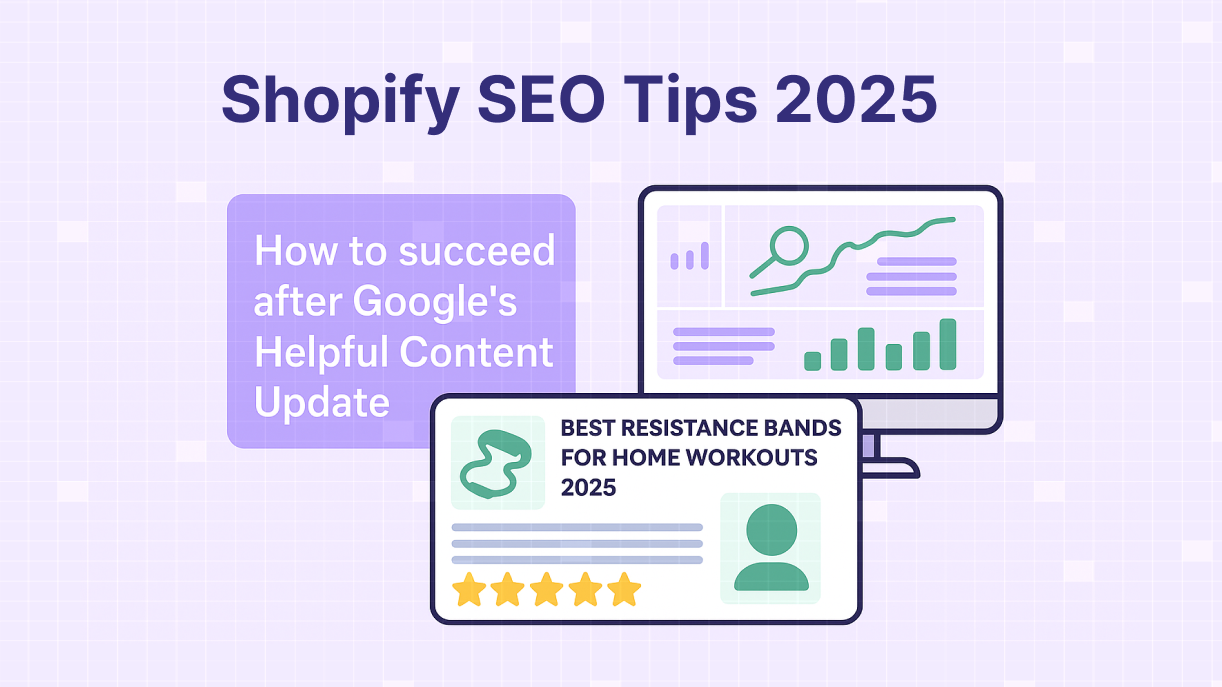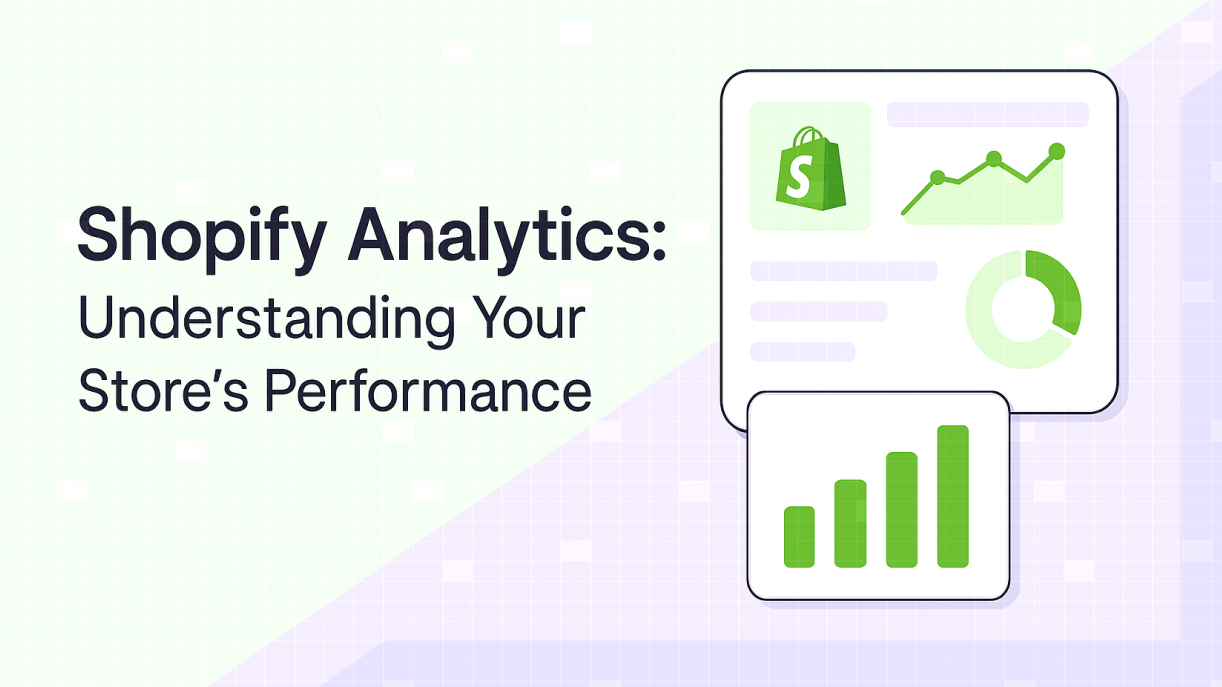
Shopify Analytics: Understanding Your Store’s Performance
Why Shopify Analytics Matter
Shopify Analytics isn’t just a dashboard — it’s the brain of your ecommerce operation. While good design and products get you in the game, it’s data that tells you how you’re playing. Without understanding your store’s performance, you’re essentially driving blind.
Whether you’re a new Shopify store owner or scaling fast, mastering your analytics will help you:
- Understand where traffic comes from
- Track your best-performing products
- Optimize for higher conversion rates
- Make informed marketing decisions
Let’s break it all down.
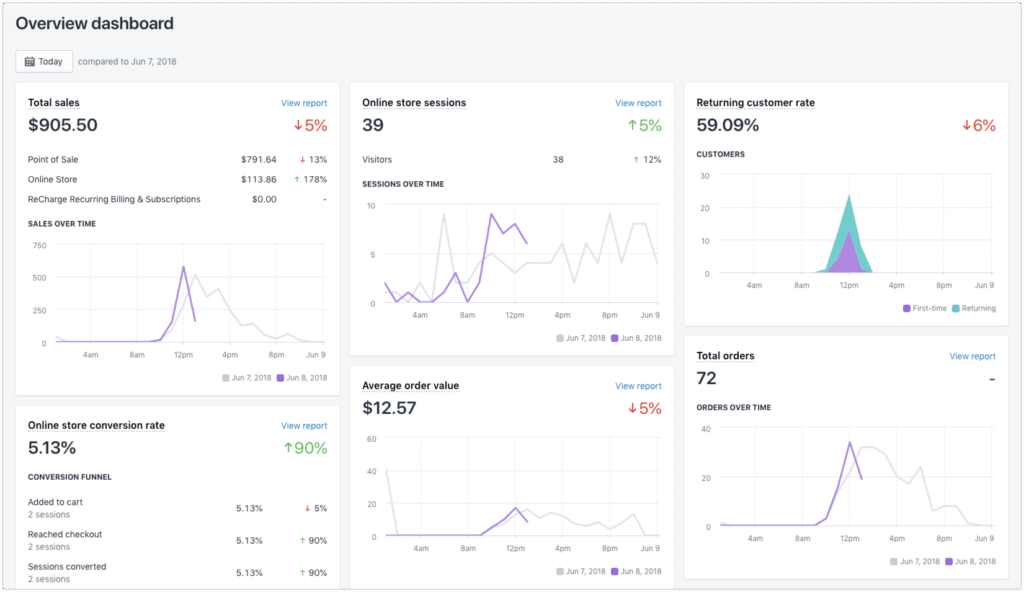
Part 1: Key Metrics in Shopify Analytics
1. Total Sales
This includes gross sales, discounts, returns, and taxes. It’s your topline revenue figure — a great place to start.
2. Online Store Sessions
This shows how many people visit your store. Segment it by time, traffic source, or geography for deeper insight.
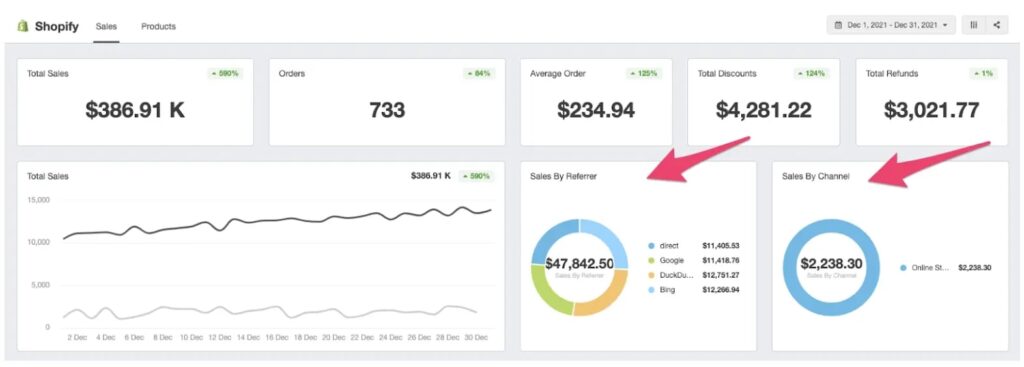
3. Conversion Rate
Perhaps the most important metric: the percentage of visitors who make a purchase. Shopify breaks this down into:
- Added to cart
- Reached checkout
- Converted
✅ Pro Tip: Benchmark a 2%–3% conversion rate for general ecommerce.
4. Average Order Value (AOV)
Calculate how much customers spend per transaction. Use it to decide if upsells or bundles could work.
5. Returning Customer Rate
Repeat buyers are gold. This metric shows how well you’re retaining customers.
📊 Bonus: Use tools like Lifetimely (affiliate) for LTV and cohort analysis.
Part 2: How to Access and Analyze Shopify Analytics
Where to Find It
From your Shopify Admin, go to Analytics > Reports. You’ll find:
- Overview Dashboard
- Custom Reports
- Live View (real-time activity)
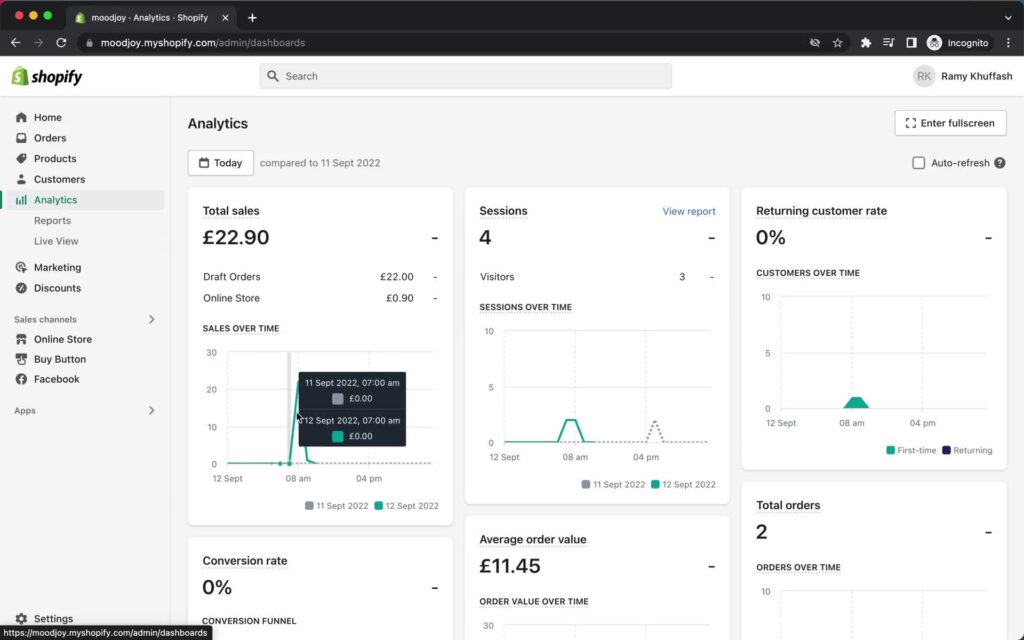
How to Analyze Reports
Focus on:
- Time comparison (e.g., this week vs last week)
- Top product reports
- Sales by traffic source
- Checkout behavior
🛠 You can also export data to Excel/Google Sheets for custom analysis.
💡 Want more in-depth data? Upgrade to Shopify Advanced or use Shopify Plus for enhanced reporting.
Part 3: Using Data to Make Smarter Decisions
You don’t need to be a data scientist. Here are a few actionable insights from Shopify data:
- 👟 If one product has a high conversion rate → Promote it more via ads or influencers
- 📉 If traffic is high but conversions are low → Rework product pages or checkout UX
- 🔁 If returning customer rate is low → Add loyalty programs or better post-purchase emails
💬 “Let the numbers tell you where to focus your energy.”
Part 4: Integrating Third-Party Analytics Tools
Shopify is great, but sometimes you need even more insights. Here are powerful tools to integrate:
1. Google Analytics 4 (GA4)
Offers cross-device tracking and deep ecommerce reporting. Set up via Shopify’s preferences or use an app like Elevar (affiliate).
👉 Learn how via Google’s GA4 setup guide
2. Hotjar or Microsoft Clarity
Visual heatmaps, user recordings, and behavior analysis. Great for seeing why users don’t convert.
3. Triple Whale or Segments
For advanced ecommerce tracking — ad attribution, ROAS, customer journey mapping, etc.
📈 These tools give you the “why” behind the “what” you see in Shopify reports.
Final Thoughts: Ready to Explore Shopify Analytics?
Shopify Analytics empowers you to make data-backed decisions that drive growth. Instead of guessing what’s working, you can track every click, sale, and drop-off point.
Whether it’s boosting your conversion rate or understanding which traffic source brings in the highest AOV, the answers are in your dashboard.
👉 Want smarter tools to grow your Shopify store? Visit Boostsy.app to explore curated Shopify marketing apps, guides, and expert tips.


